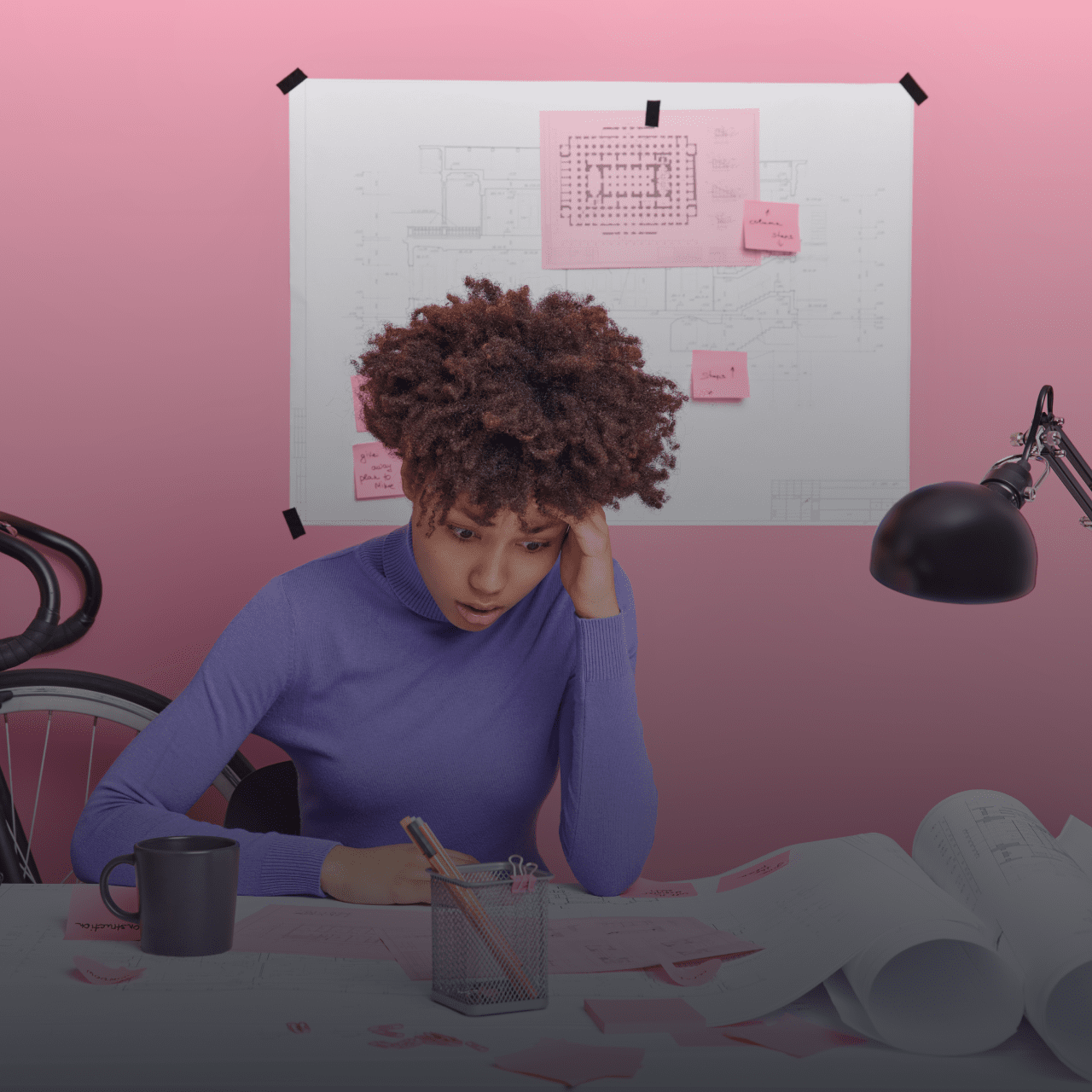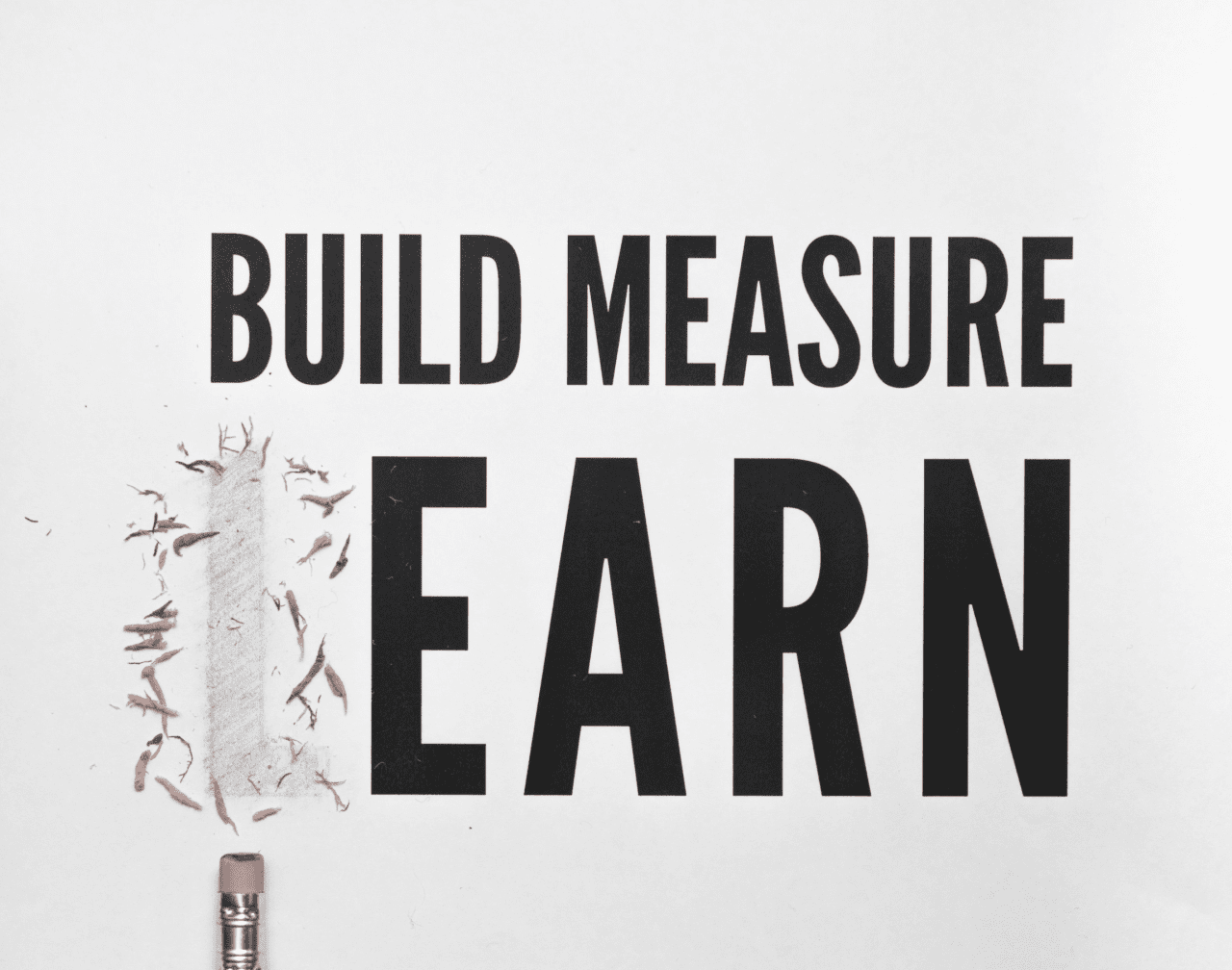“A UX generalist is a UX designer with a large number of responsibilities.” This is how most UX designers start their careers – by doing various tasks. For example, you can do some interaction design work, a little bit of visual design work, and more.
Being a UX Generalist
One of the benefits of being a generalist is that you get to try out roles and find a specialty you’re passionate about. Generalist UX designers are common in smaller companies with fewer employees, as these companies do not have large design departments.
You may have to wear several hats. A UX Generalist may be responsible for:
- User Research
- User Flow
- UX Writing
- Visual Design
- Branding related Design activities
- Prototyping & Interaction Designs
- Production Design
- Information architecture
- Usability Testing
- and a combination of other things
Most generalists begin their roles by learning about one or two of these topics.
They learn about other areas of the job from their colleagues or mentors. UX generalists can also continue their education through professional development, conduct their own research to keep up with industry trends, and participate in online UX communities to learn from other designers.
Finding your UX Nieche
On the other hand, if you are really interested in a part of UX design, you can find your niche as an expert. A specialist dives deeper into a particular UX design role, such as interaction, visual or motion design.
While a generalist has broad knowledge, an expert has more depth of knowledge in one type of UX design. Specialists usually work in large companies where the organization can employ a large team of UX designers.
Who’s a T-shaped Designer?
A T-shaped designer specializes in one type of UX design and has extensive knowledge in other areas. It’s called a T-shaped design because your skills look like an uppercase T. The vertical line to the T is the kind of UX design you specialize in, such as visual design.
The horizontal line at the top of the T contains your complementary skills. These skills can come from other areas, such as interaction design, crossover with your specialties, or soft skills that help you work more effectively.
The more experience you gain in the industry, the broader your outlook. You will be exposed to many different companies, design principles and work styles, and you will learn how each one can better inform your design.
As a UX designer, there is always room to grow and opportunities for change. Whether you are a generalist or an expert, there are lots of options.









